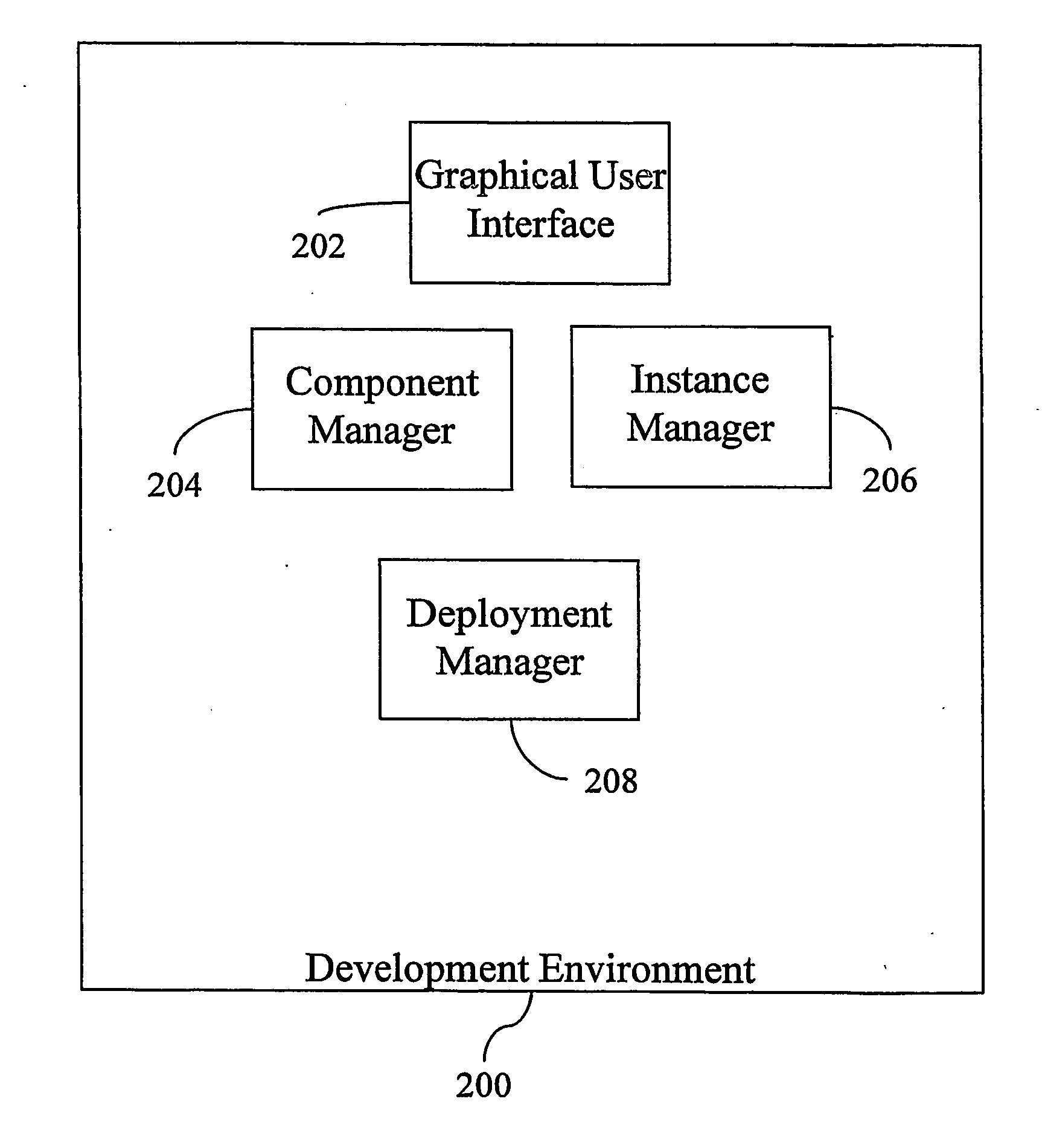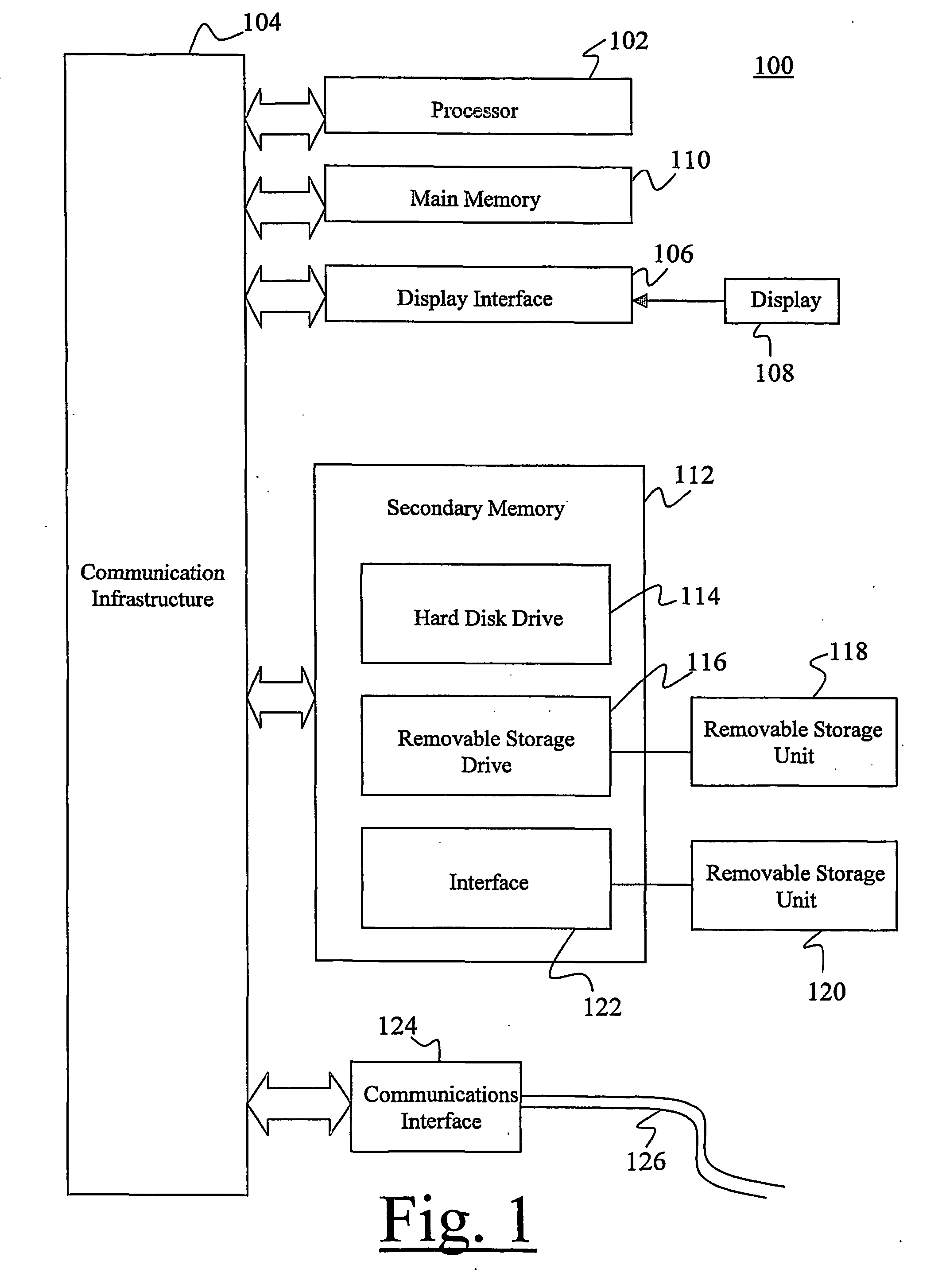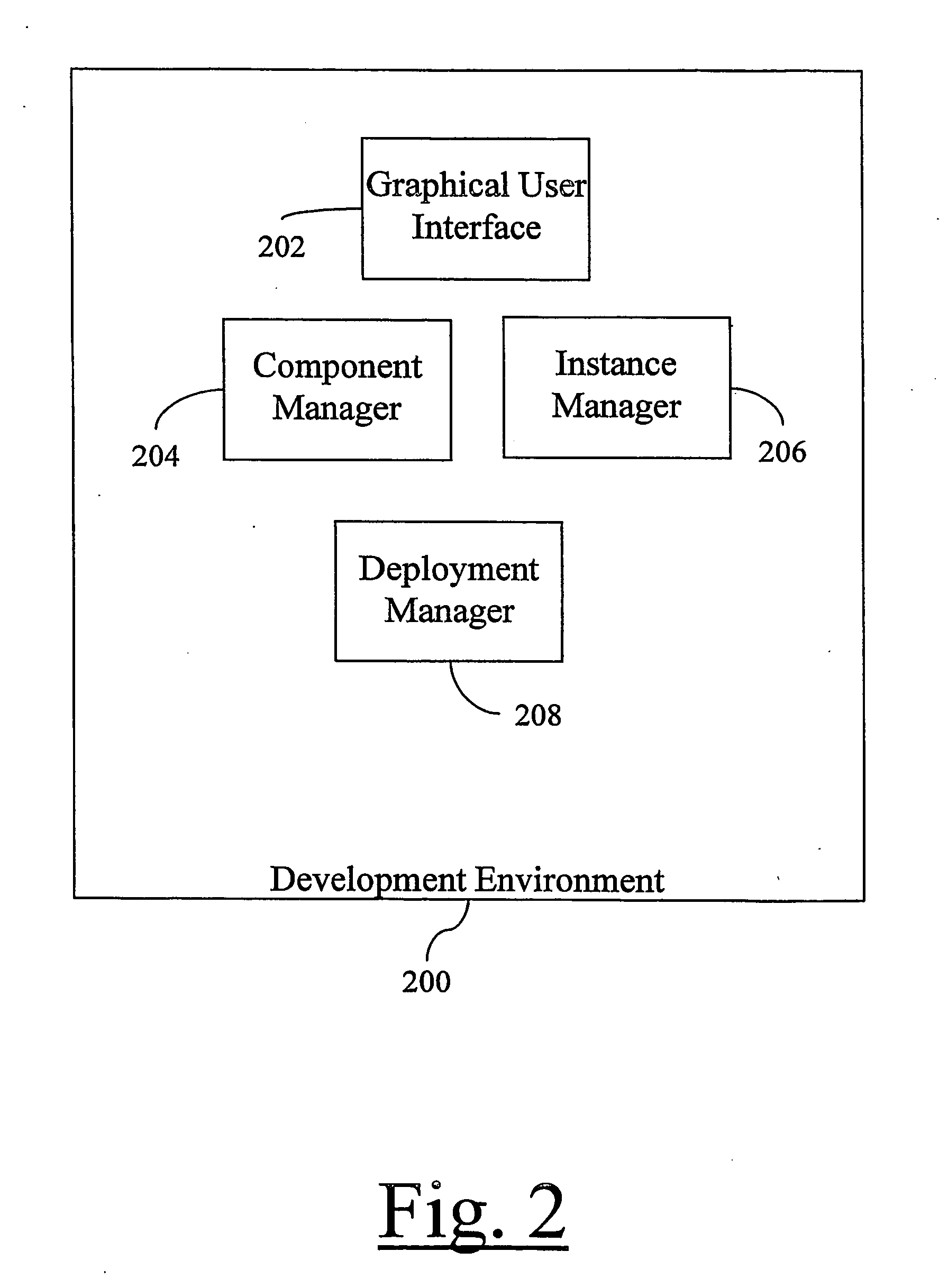System and method for building a component base architecture
a technology of component architecture and programming structure, applied in the direction of program control, instruments, digital transmission, etc., can solve the problems of unwanted temporal and financial costs, difficult and expensive for an enterprise to locate and retain the necessary expertise, programmer or programmers, etc., to reduce the cost and time needed, accelerate the development of architectures for multiple environments, and facilitate the user of the development environmen
- Summary
- Abstract
- Description
- Claims
- Application Information
AI Technical Summary
Benefits of technology
Problems solved by technology
Method used
Image
Examples
Embodiment Construction
[0056] In the following detailed description of one embodiment of the invention, reference is made to the accompanying drawings, which form a part hereof, and in which is shown by way of illustration of a specific embodiment in which the invention may be practiced. This embodiment is described in sufficient detail to enable one skilled in the art to practice the invention. It will be understood that other embodiments may be utilized and that structural changes may be made without departing from the spirit and scope of the present invention. The following detailed description is, therefore, not to be taken in a limiting sense.
[0057] The present invention may be implemented using hardware, software or a combination thereof and may be implemented in one or more computer systems or other processing systems. In fact, in one embodiment, the invention is directed toward one or more computer systems capable of carrying out the functionality described herein. An example of a computer system...
PUM
 Login to View More
Login to View More Abstract
Description
Claims
Application Information
 Login to View More
Login to View More - R&D
- Intellectual Property
- Life Sciences
- Materials
- Tech Scout
- Unparalleled Data Quality
- Higher Quality Content
- 60% Fewer Hallucinations
Browse by: Latest US Patents, China's latest patents, Technical Efficacy Thesaurus, Application Domain, Technology Topic, Popular Technical Reports.
© 2025 PatSnap. All rights reserved.Legal|Privacy policy|Modern Slavery Act Transparency Statement|Sitemap|About US| Contact US: help@patsnap.com



